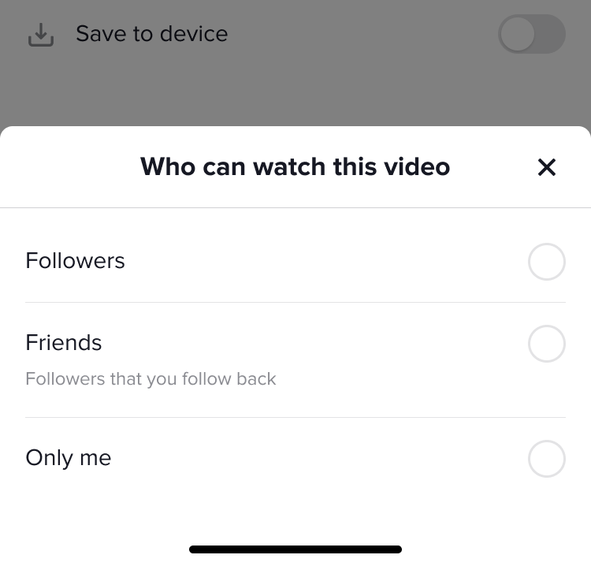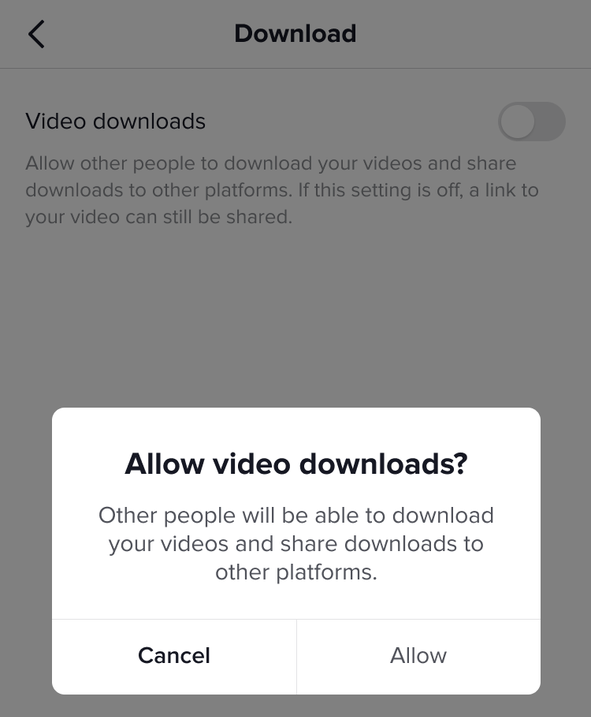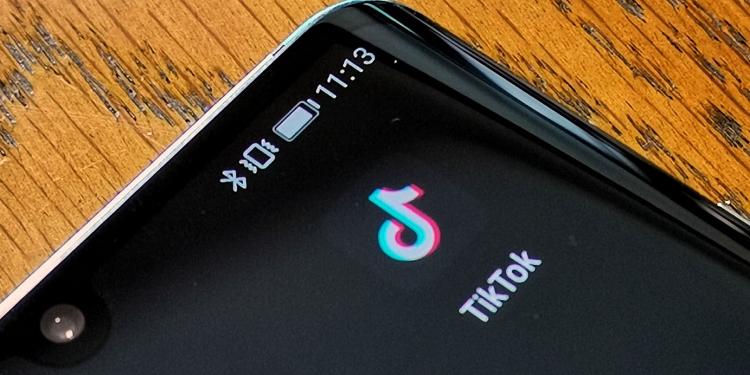TikTok, a social media platform with over half a billion monthly users, has been taking the world by storm and has influenced almost every facet of pop culture. Along with the great things that the platform has birthed, there have been growing concerns with the app’s effect on children and teenagers.
Currently, TikTok has a minimum age requirement of 13 with a large chunk of its users being under the age of 20. In order to keep teens safe, TikTok has been cultivating age-appropriate experiences for younger users by making accounts made by people under 16 private by default, reserving direct messaging for people 16 and older, and letting parents guide their children’s accounts with Family Pairing.
There have been some more changes to TikTok that aim to further the platform’s safety and privacy for teens. These changes will be rolled out globally within the next few months.
For teenagers aged 16-17, their direct messaging setting will be set to ‘no one’ by default, letting them have a choice, but defaulting to the safer option. This adds onto their current restrictions of not allowing media to be sent via messaging and disabling messaging for users below the age of 16.

Instead of defaulting to public, TikTok will now ask teens under the age of 16 for their video privacy selection with a pop up. They can choose to share it to their followers, to their friends, or have it be a private video. For this age range, accounts are set to private by default, and features like duet and stitch are disabled.
For teens aged 13-15, downloads on their video via the app are permanently disabled, and accounts aged 16-17 can opt to turn the feature on if they choose to do so.

Following research and consulting with paediatric experts regarding digital habits and youth well-being, TikTok will be reducing the time period in which teens can receive push notifications. Accounts aged 13-15 will not get push notifications past 9pm, while these notifications will stop at 10pm for accounts aged 16-17.
Hopefully with these changes, it will lead to younger users with better habits and health awareness. Other social media platforms like Twitter or Facebook have not added these limitations yet, but we might see others follow suit in the future.
[ SOURCE ]









